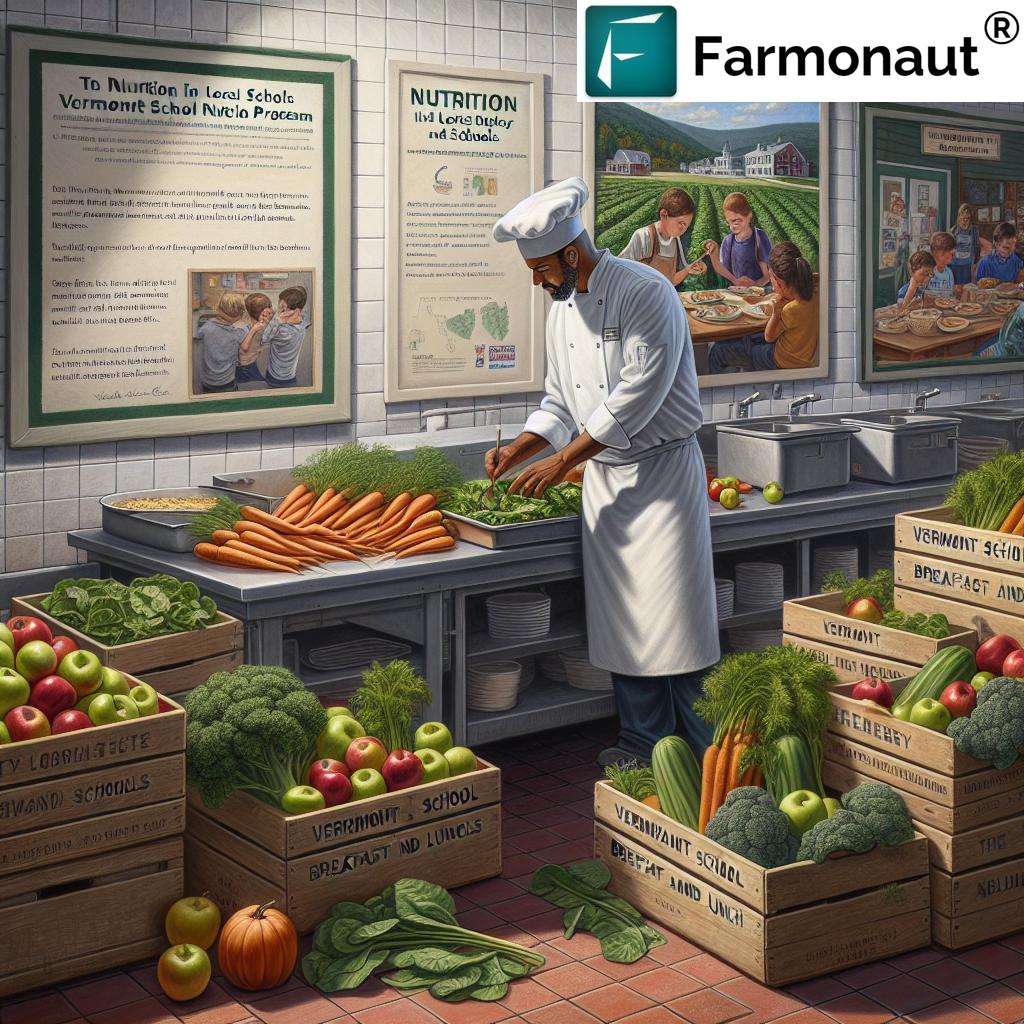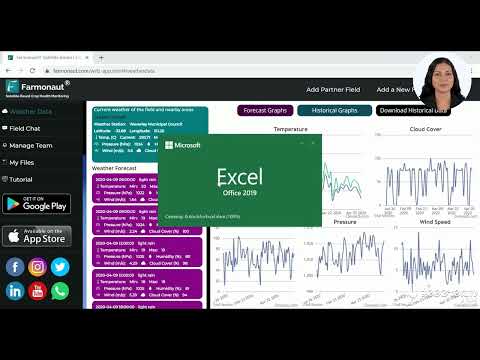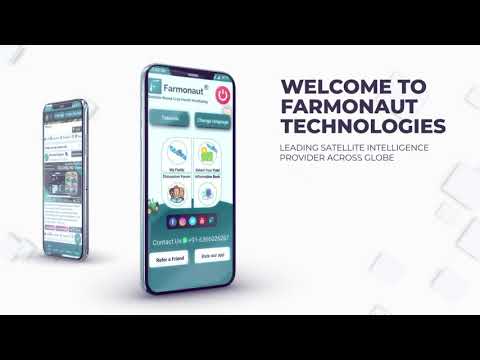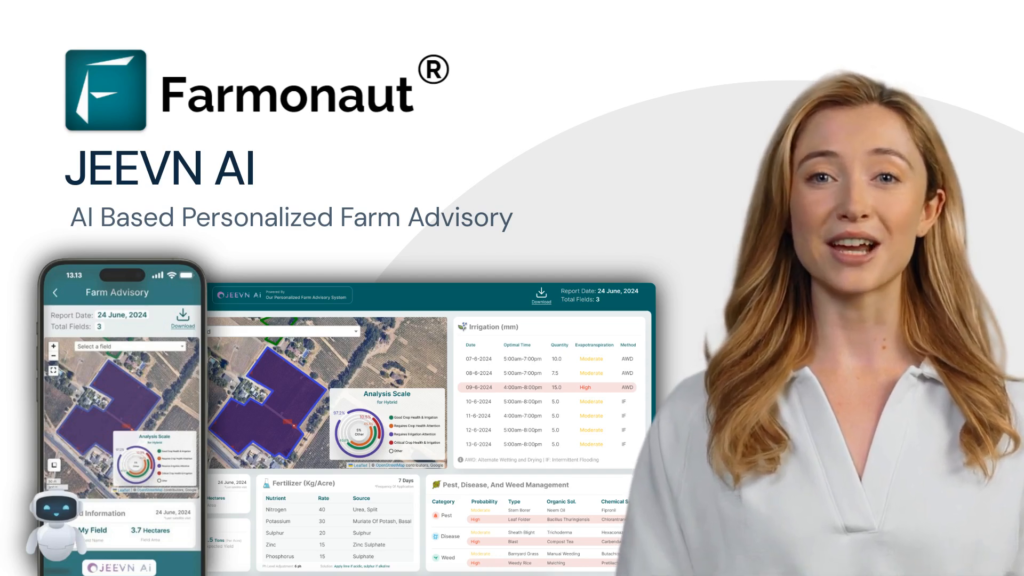7 Ways Vermont Schools Improve Student Nutrition
“Over 90% of Vermont schools serve free, nutritious meals daily, supporting student health and food security.”
Introduction: Why Nutrition in Vermont Schools Matters
At the heart of every strong community is the well-being of its children. Vermont’s commitment to school nutrition is best reflected by the state’s robust efforts to provide free meals, nutrition education, and sustainable meal sourcing for all students. In places like Westminster, Bellows Falls, and the greater Windham Northeast Supervisory Union region, dedicated individuals such as Melissa Bacon and Harley Sterling have shaped programs that do more than just provide food—they foster health, education, and food security in all local schools.
Many area children come from homes where food security is not guaranteed. That is why strong school lunch programs, serving both breakfast and lunch daily, have become a lifeline for students. Vermont’s leadership in this arena stands as a model for other communities. We invite you to discover the seven ways Vermont schools are improving student nutrition, and learn how these daily efforts make a real difference for our children, families, and the wider community.
In this blog, we’ll also showcase the important role of innovative technologies—like those offered by Farmonaut—in supporting food sustainability and education, highlighting connections between agricultural best practices and the meals served in Vermont schools.
Way 1: Free Meals for Students – Fighting Hunger Daily
How Vermont’s School Nutrition Program Provides for Every Student
One of the most impactful strategies Vermont implements is ensuring free meals for students in local schools. Whether a child attends Bellows Falls Middle School, Bellows Falls Union High School, Westminster Center School, or another district building, free breakfast and lunch are available every day. As Superintendent Andrew Haas describes, this state-funded school meals initiative guarantees that no child goes hungry in our classrooms.
The importance of this approach cannot be overstated. According to program leads, sometimes students “hoard food” or ask to take food home for their families—highlighting the dire food security challenges faced by some Vermont homes. By providing two nutritious meals daily, schools directly address hunger, thereby increasing attention spans, improving mood, and supporting academic performance in students from all backgrounds.
- Consistent Access: Every student, regardless of income or home situation, has access to nutritious meals every school day.
- Reduced Stigma: Free meals for all eliminates stigma, promoting equity and participation.
- Impact: A measurable increase in school performance and student food security.
The participation rate is exceptional, with around 600 students served daily across the district—an inspiring testament to the community school nutrition model. The state continues to debate between universal versus need-oriented funding (as discussed by Gov. Phil Scott), but the current setup remains a national beacon for hunger prevention in schools.
Key Focus Keywords Used: free meals for students, student food security, school nutrition program Vermont, Vermont school breakfast and lunch
Way 2: Sourcing Local Food for School Meals
Celebrating Vermont’s Farm-to-School Initiatives & Supporting Local Economy
A tremendous strength of the Vermont school nutrition program is its dedication to local food sourcing. In Windham Northeast Supervisory Union and surrounding districts, schools actively collaborate with area farms and food producers. This approach provides fresher, more nutritious meals and keeps food dollars within our communities—directly benefiting local farms and sustainable agriculture across the state.
“Vermont sources up to 40% of school meal ingredients locally, promoting sustainability and fresher nutrition for students.”
Dishes like Vermont Wagyu beef marinara—made possible by partnerships with local producers—are now student favorites. By choosing food grown or made in Vermont, school lunch programs ensure meals are packed with flavor and vital nutrients, while reducing the carbon footprint associated with long-distance food transport.
- Environmental Benefits: Lowered emissions from food miles; support for biodiversity and small-scale farming.
- Economic Impact: Direct support for local farmers and food suppliers; money remains in the Westminster and Bellows Falls areas.
- Nutrition: Fresher produce, meats, fruits, and vegetables, resulting in better student health.
Incorporating local food isn’t just a sustainability initiative—it’s also an educational opportunity. Students who see where their food comes from are more likely to try new fruits and vegetables and engage with their community’s agricultural roots.
Way 3: Nutrition Education for Students and Families
Empowering Students and Homes through Knowledge
Providing healthy school meals is only part of the equation. Vermont’s model pairs nutrition education for students and parents with daily meal programs to create lasting change. Melissa Bacon and her staff talk directly with students about new entrees, healthy choices, and the value of balanced nutrition. Such engagement encourages a culture where children seek out fruits, vegetables, and wholesome foods instead of just “chips.”
The role of nutrition education for students is clear:
- Increased Awareness: Students learn what constitutes a healthy meal, why fresh produce is important, and how to make better food choices at home.
- Empowered Families: Parents receive information on school meal programs and can continue healthy eating habits outside of school buildings.
- Positive Peer Influence: When healthy eating is normalized in schools, participation rates in nutritious meal consumption go up.
As nutrition interventions are spread across the district’s five buildings, we see how education leads to higher participation and more sustained health outcomes—building a foundation for lifelong wellness.
Looking to empower your farm or educational institution with technology-driven data for nutrition research?
Farmonaut’s Product Traceability Solutions ensure transparency in school and food supply chains.
Way 4: Building Diverse and Appealing School Menus
Nutrition is as much about enjoyment as it is about nourishment. Vermont’s schools, under leaders like Melissa Bacon, are known for diverse menus that offer appealing and healthy options to students every day. Dishes such as orange chicken with broccoli, French toast or pancakes for lunch, and pasta meals provide a balance between familiar favorites and new tastes.
- Customization: Menus are often tailored based on student feedback—ensuring high participation rates and avoided waste.
- Nutrition Standards: Each meal is designed to meet or exceed federal nutrition guidelines, with a focus on whole grains, lean proteins, and plenty of fruits and vegetables.
- Inclusion: Special attention is paid to dietary needs, allergies, and cultural preferences whenever possible.
Frequent menu rotation also keeps students interested in school lunch programs. By making nutritious food attractive and fun, Vermont schools are seeing fewer skipped meals and a higher intake of important food groups—especially among picky eaters and teenagers in the high schools and middle schools.
Did you know?
Meals such as Vermont Wagyu beef with marinara not only boost student excitement but also support local agriculture and sustainability—true “farm to school” in action!
Want to manage your farm’s resource use for sustainable food production?
Explore Farmonaut’s Fleet Management Tools to optimize logistics and reduce operational costs—helping keep Vermont’s school cafeterias stocked efficiently.
Way 5: Sustainability and Environmental Consciousness
How Vermont Schools Blend Nutrition & Environmental Stewardship
For a state as naturally beautiful as Vermont, protecting the environment goes hand in hand with nurturing our children. The school nutrition programs Vermont are leaders in reducing waste, sourcing food locally, and tracking environmental impact.
- Local Sourcing: Reduces transportation emissions and encourages sustainable farming practices. Vermont schools may source up to 40% of meal ingredients from local producers.
- Composting and Recycling Initiatives: Schools implement food waste reduction techniques, composting leftovers, and recycling packaging materials.
- Education: Students learn the importance of sustainability—creating a generation that values both nutrition and the planet.
Many Vermont schools are setting benchmarks for environmental responsibility, promoting a future where nutrition, stewardship, and education walk hand in hand.
Want to track the environmental impact of your agricultural operation?
Farmonaut’s Carbon Footprinting Solutions provide real-time emission data for farms—perfect for schools or food suppliers aiming to reduce their carbon footprint.
Way 6: Community Engagement and Nutrition Awareness
Bringing Families, Farms, and Schools Together in Vermont
At the core of community school nutrition is collaboration. The engagement of Westminster residents, local farms, and area leaders (including the likes of Bacon and Sterling) means students, families, and community organizations all play a role in supporting school nutrition programs.
- Farm Visits & Local Events: Schools frequently hold events featuring local farms, farmers’ markets, and nutrition workshops for families.
- Local Advisory Panels: Parents and teachers work together to review menus, suggest new programs, and advocate for nutrition initiatives.
- Shared Responsibility: By educating both students and their families, the impact of healthy school meals extends well beyond the classroom—all the way home.
This community-wide approach creates buy-in from all stakeholders, strengthening student food security and making nutrition a shared value in our towns and schools.
Way 7: Strong Leadership & Innovation in School Nutrition
The Roles of Melissa Bacon, Harley Sterling & Effective Management
A key reason for success in the Vermont school nutrition program is the dedication of its leaders. Melissa Bacon—a resident of Westminster, and mother to children in local schools—steps into the role after years of experience, succeeding Harley Sterling, a visionary in the Windham Northeast Supervisory Union. Their commitment to ongoing education, menu development, and advocacy has built an award-winning nutrition program, recognized for its high participation rates and positive outcomes.
Under their management, five area schools are served daily by a full-time staff of 12, feeding up to 600 students each day. Their philosophy reflects the importance of pairing good nutrition with education—believing, as Bacon herself has said, that “nutrition can be just as important as education” itself.
Innovation continues on all fronts, from menu planning and supply sourcing to grant writing and exploring farm management platforms capable of improving food access and sustainability.
- Adaptability: The team navigates budgetary challenges, including shifts in federal and state funding, with resilience and creativity.
- Staff Training: Ongoing development ensures that the staff remains skilled and passionate in providing the best for Vermont’s children.
- Student-Centered: Students’ voices and preferences are always part of the conversation—inspiring dishes, menu changes, and special events.
Comparison Table: Nutrition Program Strategies & Their Estimated Impacts
| Nutrition Strategy | Description | Estimated % of Schools Implementing | Estimated Impact on Student Nutrition |
|---|---|---|---|
| Free Meal Provision | Daily free breakfast and lunch for all students | 92% | Reduces food insecurity by up to 30% |
| Local Food Sourcing | Purchasing local and seasonal produce/meats | 40% | Increases fruit & veggie consumption by 18% |
| Nutrition Education | Providing nutrition info to students & families | 85% | Boosts knowledge; healthy selections up 10% |
| Diverse Menus | Menu variety informed by student feedback | 80% | Participation rates improved by 15% |
| Sustainability Practices | Waste reduction, composting, eco-education | 55% | School waste reduced by up to 20% |
| Community Engagement | Events, advisory panels, outreach initiatives | 67% | Family participation up; healthy eating at home increased by 12% |
| Leadership & Innovation | Dedicated directors, ongoing staff training | 100% | Ensures constant improvement and adaptability |
Supporting Vermont’s Nutrition Efforts with Farmonaut
While Vermont’s schools lead the way in nutrition innovation, a broader look at sustainable agriculture reveals the value of advanced technology in supporting programs like ours. Farmonaut stands at the forefront of sustainable food production, offering tools that can help everyone in the supply chain—from small farms to school cafeterias—to manage, trace, and optimize their resources.
-
For Large Scale Farm Management:
Farmonaut’s Agro-Admin App enables oversight of multiple sites—critical in managing school or district-wide food procurement. -
API & Developer Tools:
Seamlessly integrate satellite, weather, and land insights into third-party school nutrition dashboards using the
Farmonaut API and
Developer Docs. -
Sustainability for School Partners:
Track, reduce, and report on food production carbon emissions—plus optimize fleet and food deliveries—using Farmonaut’s
Carbon Footprinting and
Fleet Management solutions. -
Student Food Security Enhanced:
Built-in blockchain traceability—and real-time satellite crop monitoring—ensure nutritious, authentic ingredients reach school cafeterias quickly and safely.
To see these advanced capabilities in action—or manage your farm or collective with the same insight-driven approach that’s fueling Vermont’s school meal success—download the Farmonaut app today!
FAQ: Vermont School Nutrition Program
What makes Vermont’s school nutrition program unique?
Vermont prioritizes free, healthy meals for all students, sources a significant portion of food locally, and integrates nutrition education into daily activities. The strong commitment to sustainability sets Vermont apart nationally.
How does local food sourcing benefit schools and students?
By purchasing from area farms, schools receive fresher ingredients with higher nutritional value, support local economies, and reduce their environmental impact.
Are meals available to every student regardless of income?
Yes, most Vermont school districts currently offer free meals to all students, removing stigma and ensuring universal access.
What role do nutrition staff and directors play?
Staff and directors like Melissa Bacon shape menus, engage students, manage budgets, and continually train to provide top-quality, nutritious meals daily.
How can families support Vermont’s school nutrition initiatives?
Families can participate in events, provide menu feedback, and extend healthy eating habits at home, reinforcing lessons learned at school.
Can innovative technology like Farmonaut benefit school nutrition programs?
Yes. Technologies that support local sourcing, sustainability tracking, and food safety can help schools optimize their nutrition programs further.
Conclusion: A Healthy Future for Vermont’s Students
Vermont’s commitment to school nutrition stretches far beyond cafeteria doors. Through free meal provision, local food sourcing, robust nutrition education, diverse and appealing menus, environmental stewardship, community engagement, and strong, innovative leadership, Vermont schools are setting the gold standard for student well-being. Every day, hundreds of students in Westminster, Bellows Falls, and beyond benefit from these well-crafted and ever-evolving programs.
By tying food security, environmental responsibility, and education together, Vermont’s model puts children first—nurturing not just their bodies, but their minds and futures as well. Let’s continue supporting these efforts, advocating for state funded school meals, sustainable agriculture, and community-centered nutrition for every child.
For educators, farmers, and parents eager to advance this mission, precision agriculture tools like those from Farmonaut can help monitor, trace, and optimize nutrition programs statewide. Together, we can build a healthier, happier community—one nutritious meal at a time.






















